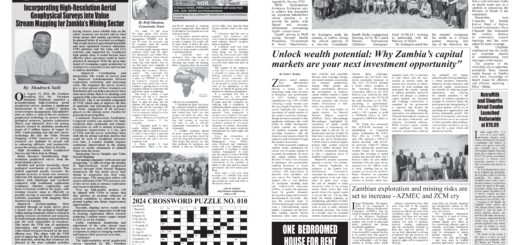Media and Press Self – Regulation in Sweden
Notice: Undefined index: catFilterList in /home/zambi/public_html/wp-content/plugins/wp-likes/api.php on line 243
A LAW APPROVED on 2nd December 1776 and Incorporated in the Constitution firmly places Sweden as the first country to recognize the right of information. This country is also a pioneer in self-regulation. The three professional organisations – the Journalist Union, the Swedish Association of Newspaper Editors, and the Journalists Club – gave life to the Pressen opinionsnamind (press council) in 1916, which is a court of honor that monitors journalism practice. Any person or organisation that feel that they were wronged in their right of information by a published story may ask the intervention of this court. The press council accessibility is somehow diminished by the cost involved. Notwithstanding this, the press council overflows with complaints, also because the council functions on voluntary work basis. In 1969, the council opts for a revision. Two representatives of the public are admitted to the council, no financial deposit is required to submit a complaint, and the first press ombundsman makes his appearance. The ombundsman is in charge of examining public’s complaints. He then tried to reconcile the two parties. In case this is impossible, the complaint is referred to the council. The ombundsman may also intervene on any event that falls within his concern. The council rules on appeal. Condemnation is first of all moral. Offenders must publish the judgments that regard them in some cases, a fine might be imposed, but not beyond a certain ceiling. The press council is one of the elements of the Swedish professional code of conduct check system.
Self-regulation in Sweden is based on three major texts:
🌈The Rules of journalism practice, elaborated by the Journalist Club in 1900. These rules are about privacy, balanced reporting, the rejoinder, etc.
🌈The rules of professional journalism, prepared for the formation of the Union in 1918. These rules are are about behaviour and integrity of journalists.
🌈The rules of advertising, published in 1970 by the Association of Editors. These rules define the relationship between editorial and publicity content.
Specific institutions monitor the application of these texts. The press council is concerned with the respect of journalism practice, an essential text within the professional rules. A special committee nominated by the journalists’ union watches over the observance of the second text. An advertising committee concerns themselves with rules of advertising.
The code of conduct is based on the rules of journalism practice. This text has been revised in 1923, 1933, 1953, and 1967. This continuous revision is a sign that Swedish journalists keep in consideration the evolution of their profession and reflect these changes in their codes. Page 29 Media Training in Africa – Freedom of the Press: Responsibilities of the Media – Africa on the Way to Self- Regulation by Domitille Duplat – GRET Paulines Publication Africa, Daughters of St Paul, P.O.Box 49026, 00100 Nairobi GPO (Kenya). Printed by Kolbe Press, P. O.Box 468, 00217, Limuru (Kenya) Media for Democracy in Africa, International Federation Journalists (IFJ), West Africa Journalists Association (WAJA), and the Research and Technological Exchange Group (GRET) and Commission of the European Union. French Foreign Affairs
























